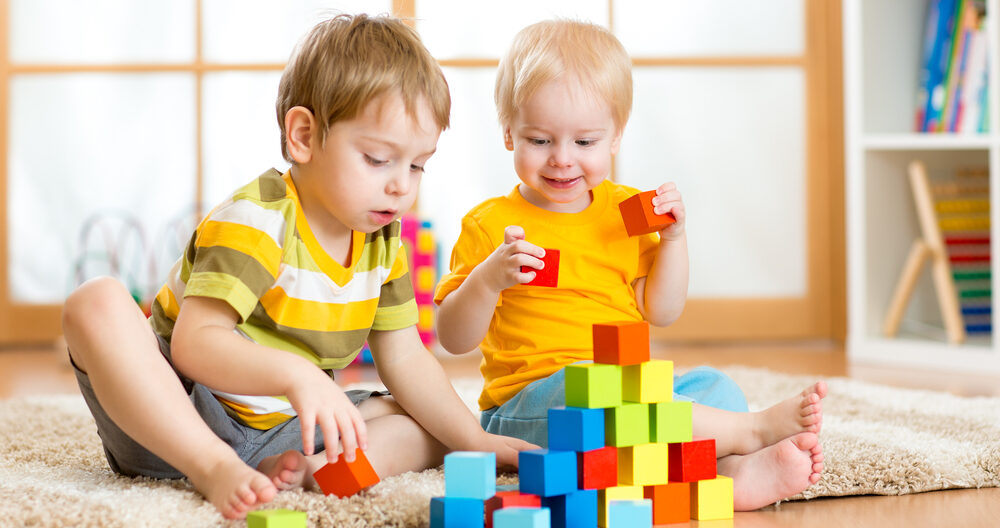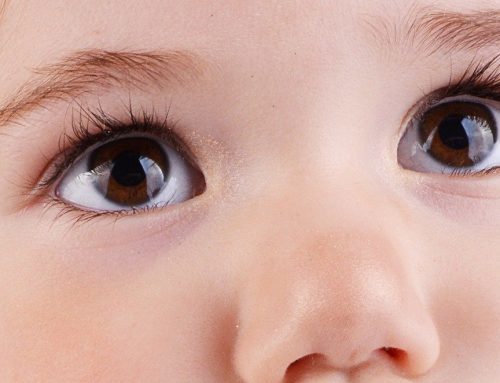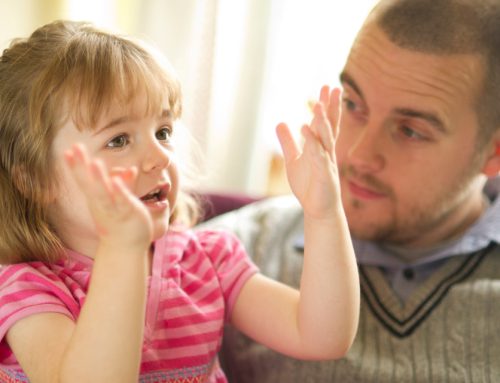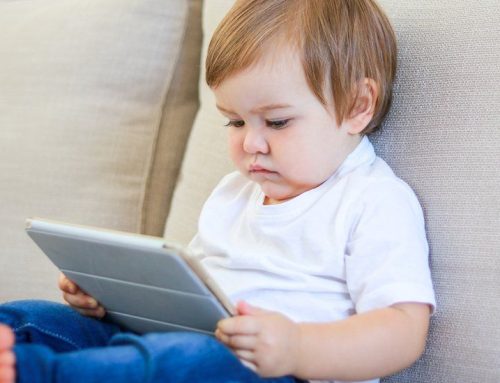Gestalt Language Processors
Despite what this term sounds like; it is NOT a term to describe the newest piece of technology on the market!
Several of the children we work with at Learn2Communicate are Gestalt Language Learners. This means that they learn language in ‘chunks’ much easier than they do single words. Instead of learning single words and then gradually combining these words into short phrases and eventually, sentences, Gestalt Language Learners often start speaking in complete phrases. It can seem to carers and educators that they have ‘skipped’ the single word stage when in fact they acquire language differently to other children.
Gestalt Language Learners may also, but not always, be diagnosed as being on the Autism Spectrum.
Some are also hyperlexic; showing a strong interest in the the alphabet and reading well before their school years.
Yes, these children are fascinating! They are often late to start speaking but then start speaking in complete phrases before single words have even been acquired. If this sounds like your child or a child you educate, there is so much you can do to support language to grow.
What is Echolalia?
Echolalia is a term that is used to describe when a child uses ‘copy cat’ speech i.e. words and phrases that they have heard elsewhere. Sometimes a child will copy a line from a favourite TV show or song. At other times they might imitate the question you have asked instead of answering the question. You might notice that your child imitates words and phrases immediately or that these phrases are used at other times of the day. Often children will repeat the words and phrases in the same intonation each time.
Echolalia is very commonly noted for Gestalt Language Learners.
How to respond to Echolalia
The most helpful way to respond when you notice that your child is using Echolalia is to do your best to first understand the intent of the message.
Is your child trying to convey an emotion? Happy, Sad, Excited, Frustrated…..
Perhaps your child is trying to comment on something that is happening.
Remember that using spontaneous language can be tricky for these children when they are first learning to use language. In these early stages you will need to act like a detective. Look for the ‘clues’ in the scripts that your child is using to help understand what your child is trying to communicate.
Advocate for your child. Let others who care for and educate your child understand what your child’s most commonly used scripts mean. This is where our previously discussed idea of developing a Personal Communication Dictionary may be helpful. https://learn2communicate.com.au/personal-communication-dictionaries/





